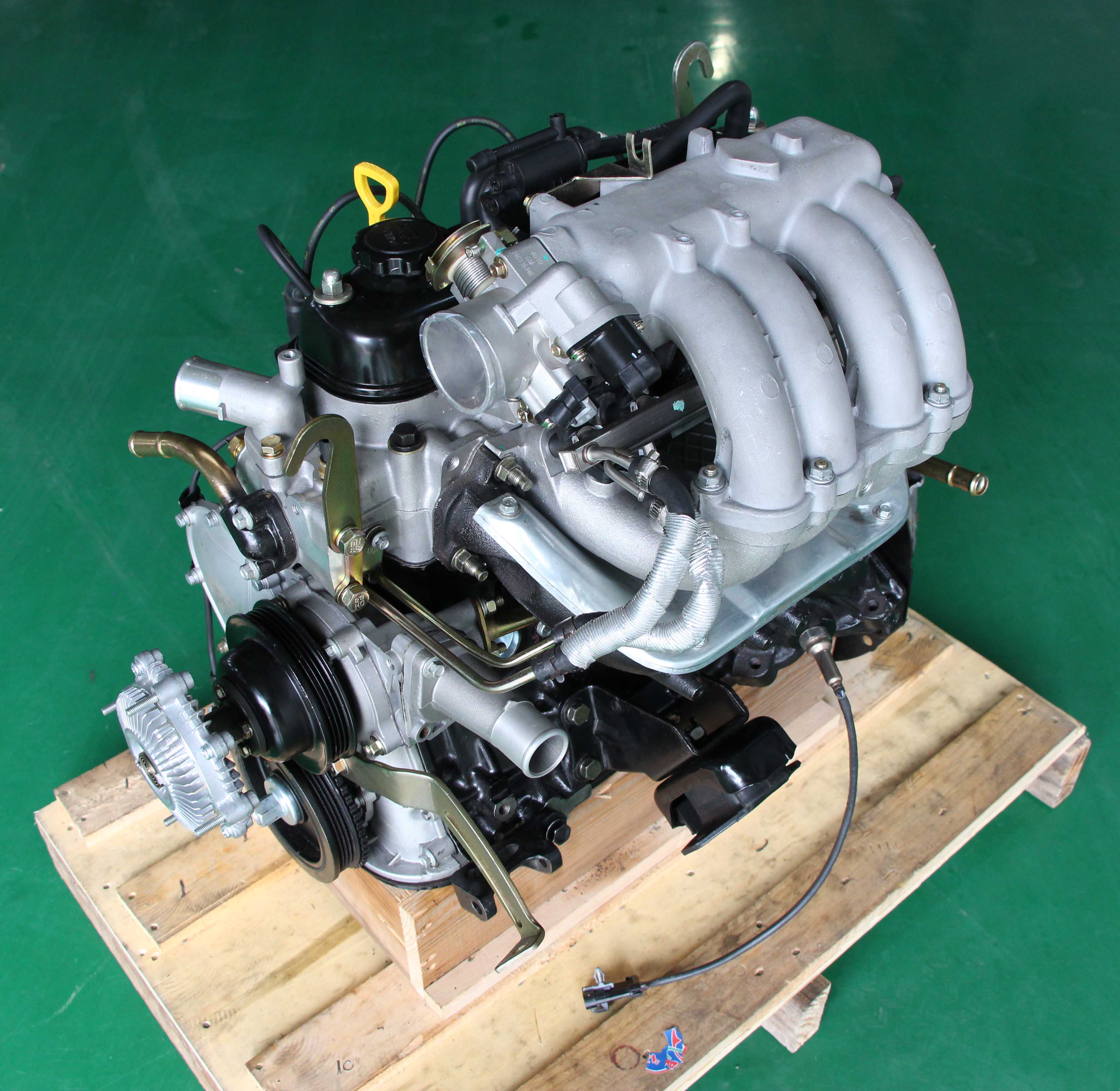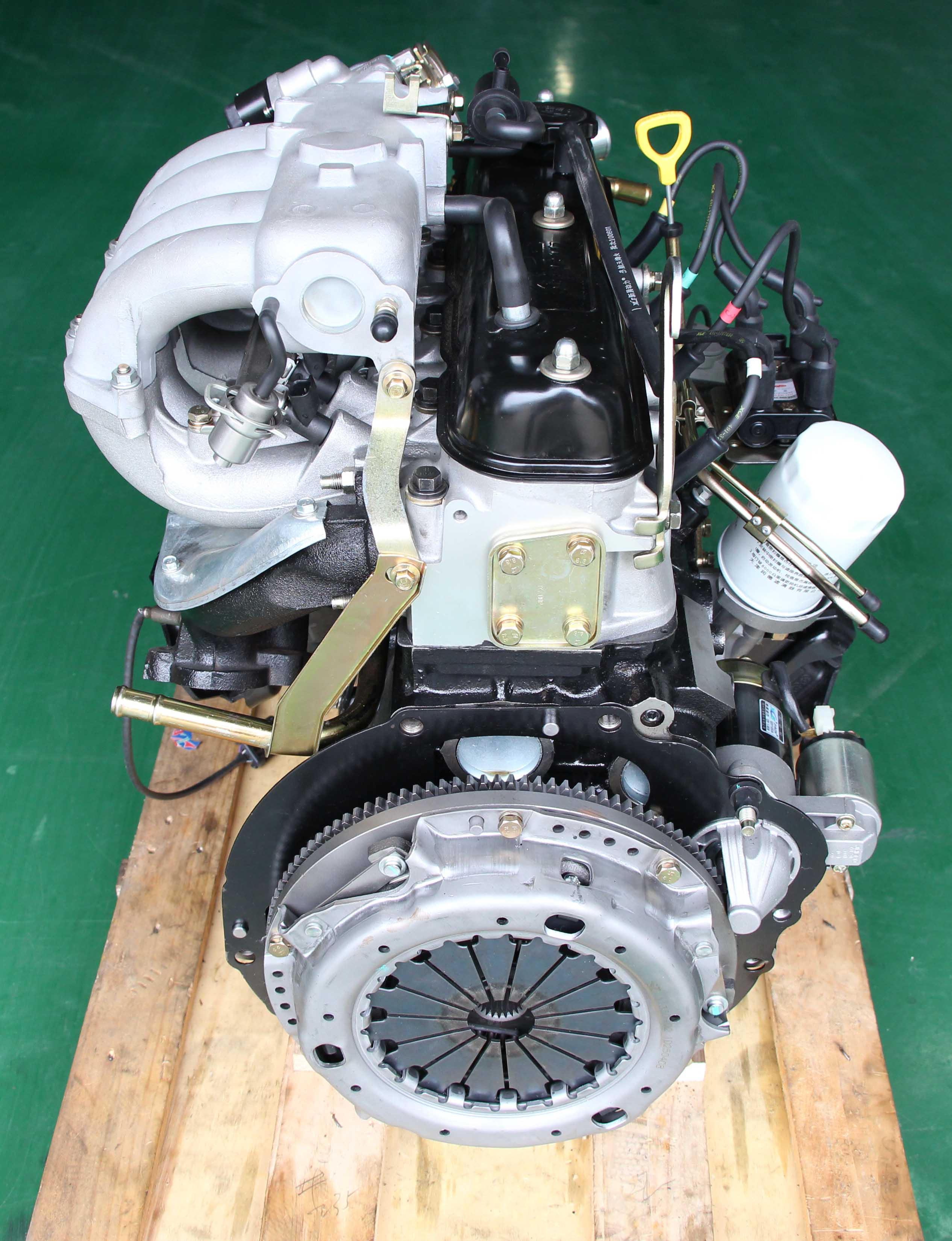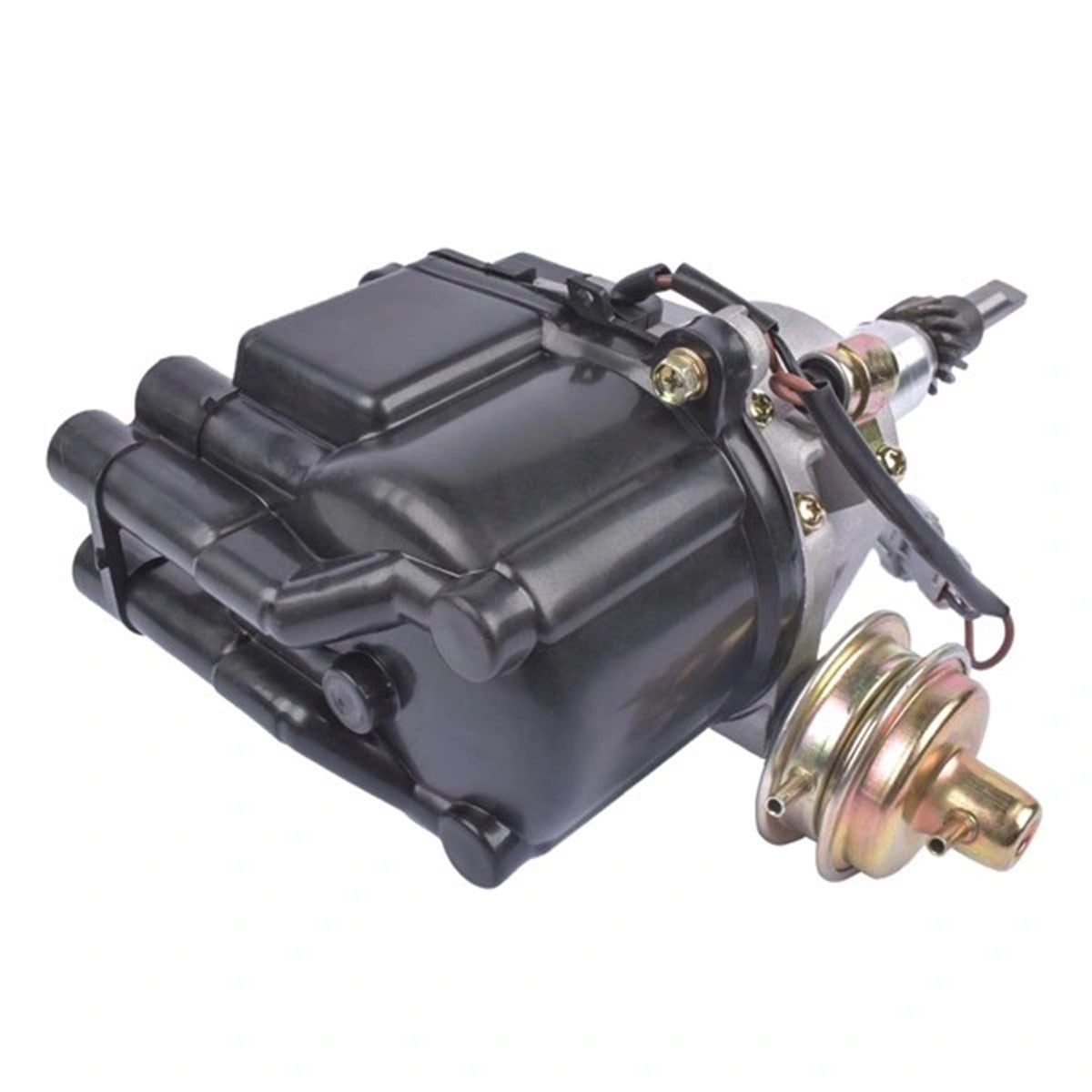Why the Engine Is the most effective Selection for Performance and Performance in Your Automobile
The engine remains an essential component in vehicle design, mostly due to its considerable impact on both performance and performance. As advancements in innovation enable smaller engines to supply remarkable power while enhancing gas economy, the combination of attributes such as turbocharging and hybrid systems ends up being significantly important. These advancements not just enhance driving experience however additionally address environmental issues. The concern emerges: how do these aspects integrate to redefine our understanding of auto performance? Exploring this balance exposes much deeper understandings right into the future of engine layout.
Understanding Engine Types
Comprehending the different types of engines is vital for maximizing efficiency and performance in auto layout. The key engine kinds consist of interior burning engines (ICE), electrical engines, and hybrid systems, each offering distinct advantages and constraints.
Internal burning engines, which can be more classified into gas and diesel variations, count on the burning of fuel to create power. Fuel engines commonly supply higher RPMs and better velocity, while diesel motor are known for their torque and gas performance, making them suitable for durable applications.
Electric engines, on the other hand, make use of electric motors powered by batteries or gas cells. They use instant torque delivery, leading to smooth velocity and lower discharges. The efficiency of electric engines is considerably greater than that of ICEs, making them a preferred choice for eco-conscious customers.
Hybrid systems incorporate both interior burning and electric engines, leveraging the toughness of both innovations. They maximize fuel intake by utilizing electrical power at lower rates and switching to gas or diesel for higher speeds or larger tons.
Picking the best engine kind is important for attaining desired efficiency metrics and ecological sustainability in modern auto engineering.
The Impact of Engine Dimension
Engine dimension frequently plays a critical function in establishing an automobile's performance and effectiveness. Usually measured in liters or cubic centimeters, engine size directly influences the power output and torque qualities of an automobile.
However, increased engine size frequently correlates with lessened gas efficiency. Larger engines consume even more fuel, resulting in higher discharges and operational expenses. Producers need to stabilize the need for power with the demand for gas economy. Smaller engines can provide ample performance for everyday driving while promoting better effectiveness, making them a prominent option in mid-size and compact vehicles.
In addition, improvements in engine design, such as turbocharging and straight fuel shot, enable smaller sized engines to accomplish power degrees equivalent to their larger equivalents. This pattern emphasizes the relevance of not entirely concentrating on engine size yet likewise considering general vehicle style and technology (4y engine). Eventually, the impact of engine dimension on efficiency and effectiveness emphasizes the need for customers to assess their details driving choices and requirements when picking a car
Advanced Engine Technologies
Innovations in engine innovations have actually significantly reshaped the landscape of automobile efficiency and performance, structure upon the foundational concepts established by engine size. Significantly, innovations such as turbocharging and straight fuel injection have allowed smaller engines to supply power degrees formerly related to bigger counterparts. Turbochargers compress air entering the engine, enabling enhanced power outcome without a matching boost in engine dimension, while straight shot maximizes gas distribution, boosting burning performance.
In addition, variable shutoff timing systems have actually arised as a crucial technology, allowing engines to adjust valve operation based upon driving problems. This flexibility boosts both efficiency throughout velocity and fuel effectiveness throughout cruising. Hybrid and electric engine technologies further highlight the change in vehicle style, integrating conventional internal burning engines with electrical motors to take full advantage of effectiveness while decreasing emissions.
Furthermore, innovations in products science have brought about lighter, a lot more long lasting engine components, further boosting performance and longevity. The assimilation of sophisticated electronics and engine control devices likewise enables real-time changes, guaranteeing optimal efficiency across numerous conditions. Collectively, these innovative engine technologies not just enhance car efficiency yet likewise contribute to an extra sustainable auto future, demonstrating the continuous advancement of engine style.
Harmonizing Power and Performance
Striking an equilibrium in between power and effectiveness Read Full Report is essential in modern-day automobile layout as producers look for to meet progressively stringent discharges regulations while satisfying customer demand for performance (4y engine). The obstacle lies in enhancing engine features to supply robust power outcome without giving up gas economic climate
To attain this equilibrium, engineers utilize numerous strategies, such as turbocharging, which improves engine power forcibly in more air, enabling a smaller sized engine variation that improves fuel effectiveness. Variable shutoff timing modern technologies also play a considerable function, making it possible for engines to adjust their performance qualities based on driving conditions, consequently boosting both power and efficiency.
Additionally, advancements in materials and manufacturing methods have caused lighter engine parts, which lower total vehicle weight and improve fuel efficiency without compromising power. Hybrid technologies have also emerged as a practical service, integrating conventional interior combustion engines with electric powertrains to offer a boost in performance while maintaining reduced exhausts.

Future Fads in Engine Style

Furthermore, the growth of sophisticated products, such as high-strength alloys and lightweight compounds, is set to revolutionize engine elements. These materials not only lower weight however additionally improve thermal performance, thus why not check here maximizing performance. Furthermore, suppliers are checking out variable compression proportions, enabling engines to adjust to different driving problems, enhancing both power result and fuel economy.
Additionally, the rise of expert system and maker learning in engine style is making it possible for predictive maintenance and real-time efficiency optimization. This technology can cause engines that self-adjust for optimal efficiency based upon driving patterns.

Conclusion
In final thought, the engine serves as an essential component in achieving optimum efficiency and effectiveness in contemporary vehicles. The interaction in between engine size and design proceeds to advance, driving advancements that balance exhilarating efficiency with ecological sustainability.
Furthermore, advancements in engine layout, such as turbocharging and straight fuel shot, enable smaller engines to attain power degrees comparable to their bigger equivalents.Innovations in engine modern technologies have actually considerably improved the landscape of vehicle performance and performance, structure upon the foundational principles established by engine dimension. Turbochargers compress air getting in the engine, enabling for go to this site increased power result without a matching increase in engine dimension, while direct shot optimizes gas delivery, boosting combustion performance.
Hybrid and electrical engine technologies better show the change in automobile layout, integrating traditional interior burning engines with electric motors to make the most of performance while decreasing exhausts.
Collectively, these sophisticated engine technologies not only boost vehicle performance yet also contribute to an extra sustainable automobile future, showing the ongoing evolution of engine style. (4y engine)